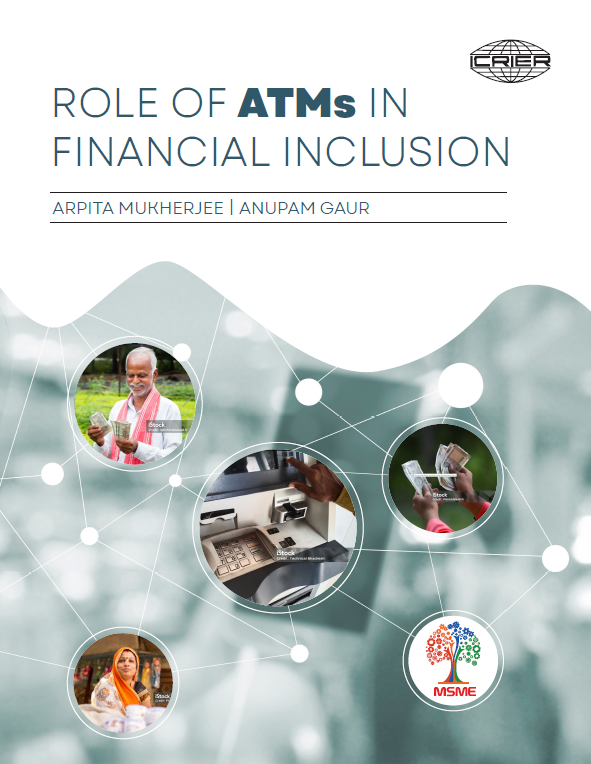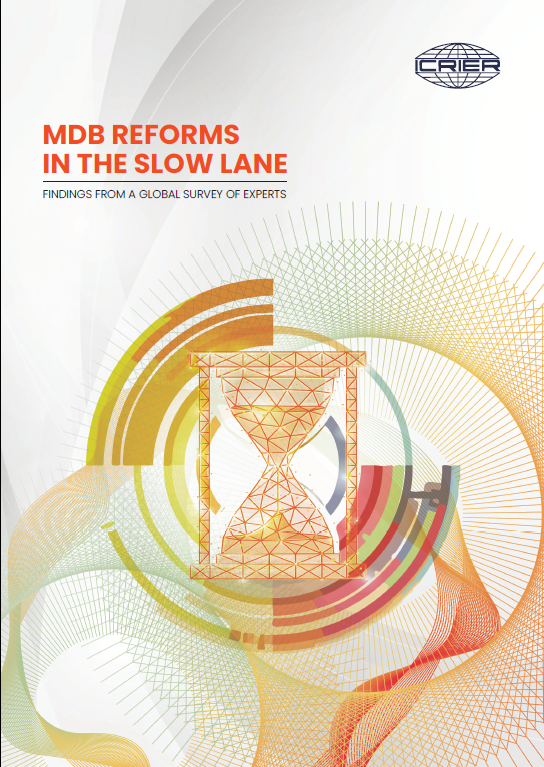
Financial inclusion is broadly defined by the Reserve Bank of India (RBI) as universal access to a diverse array of financial services, spanning banking, insurance and equity, all delivered at a reasonable cost. This concept stands as a pivotal catalyst for economic growth and poverty alleviation, particularly in low and middleincome countries like India. Recognising the transformative potential of financial inclusion, the RBI and Government of India (GoI) have come up with various initiatives such as the Pradhan Mantri Jan Dhan Yojana (PMJDY), a bank-led model of financial inclusion and selfhelp group (SHG)-bank linkage programmes, to enhance accessibility to basic financial services and bridge the gap in banking facilities across India.
These concerted efforts aimed at enhancing financial inclusion in India have resulted in a substantial increase in the percentage of the adult population with bank accounts, which rose from 35 per cent in 2011 to 78 per cent in 2021. Despite this progress, a notable 22 per cent of the adult population remains unbanked, and 35 per cent of bank accounts are inactive. Ruralurban disparities compound the issue, despite 69 per cent of India’s population residing in rural areas only 26 per cent of commercial banking outlets have been established there since 2005-06. This discrepancy can be attributed to the multifaceted challenges faced by banks in delivering services to remote areas including high operating and transaction costs, and inadequate infrastructure.




